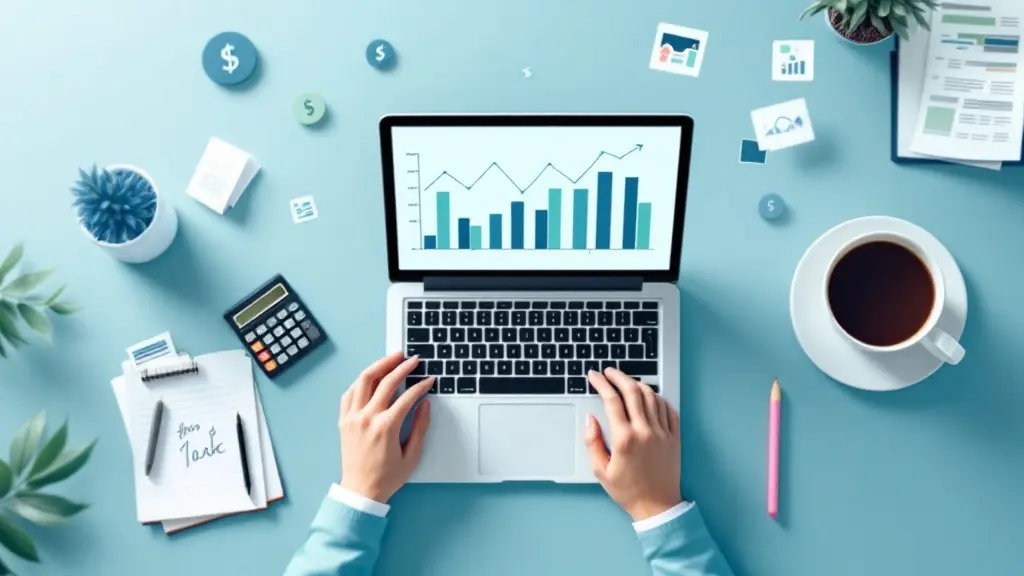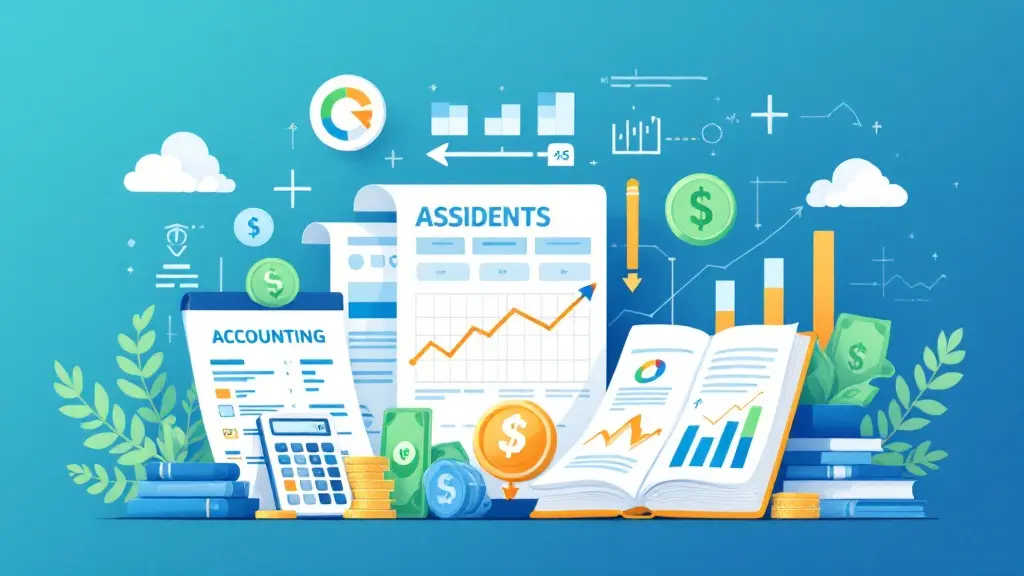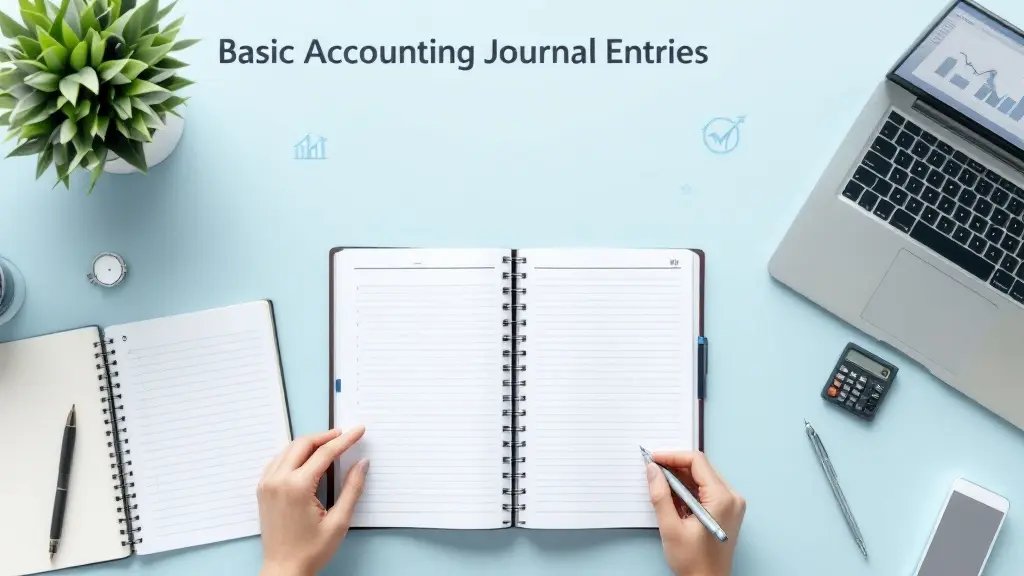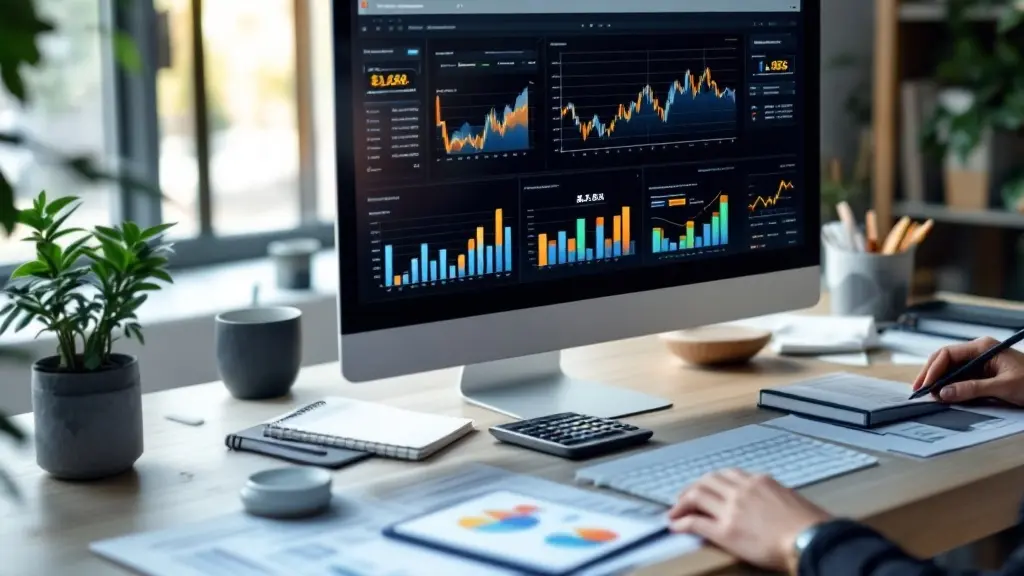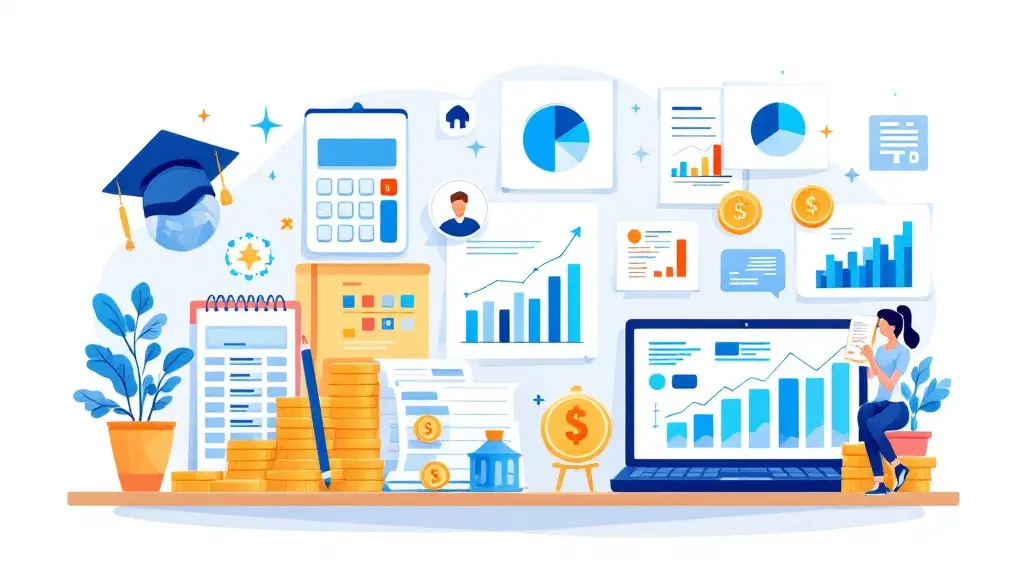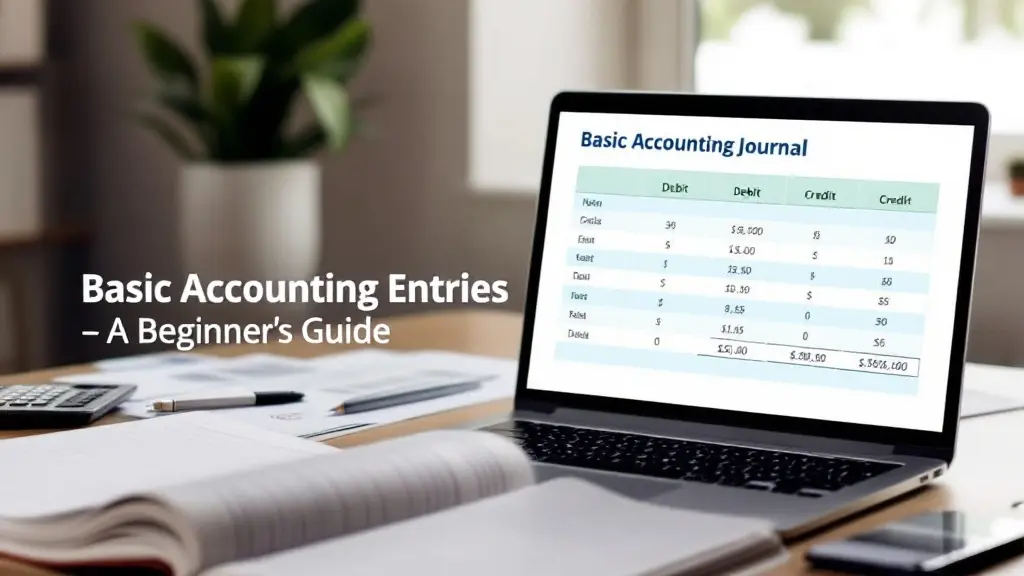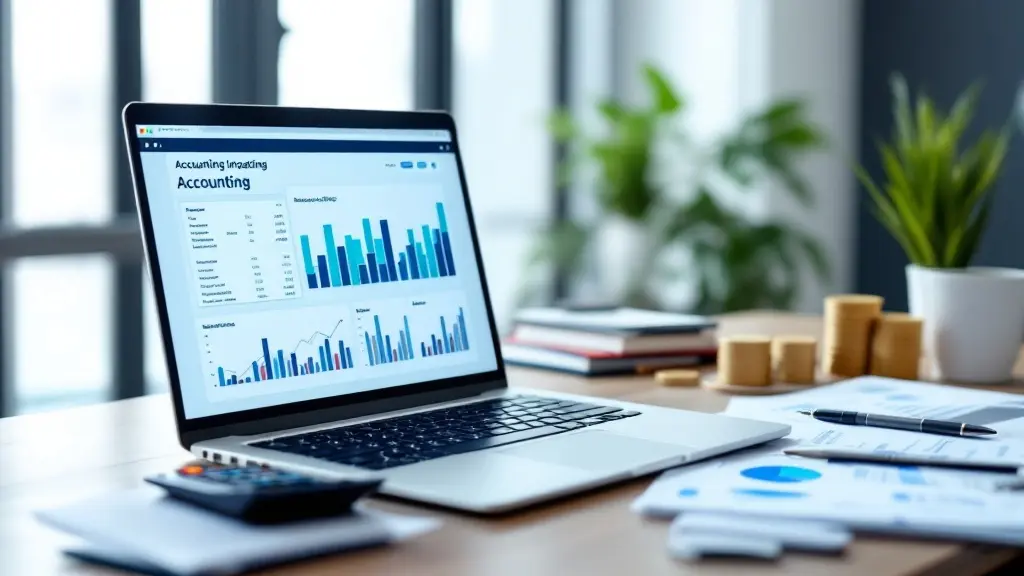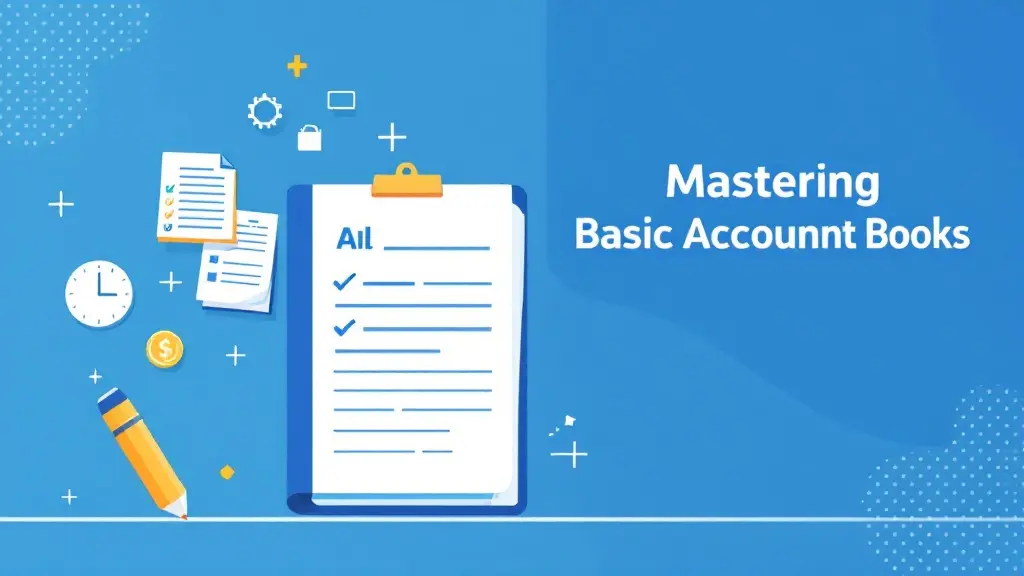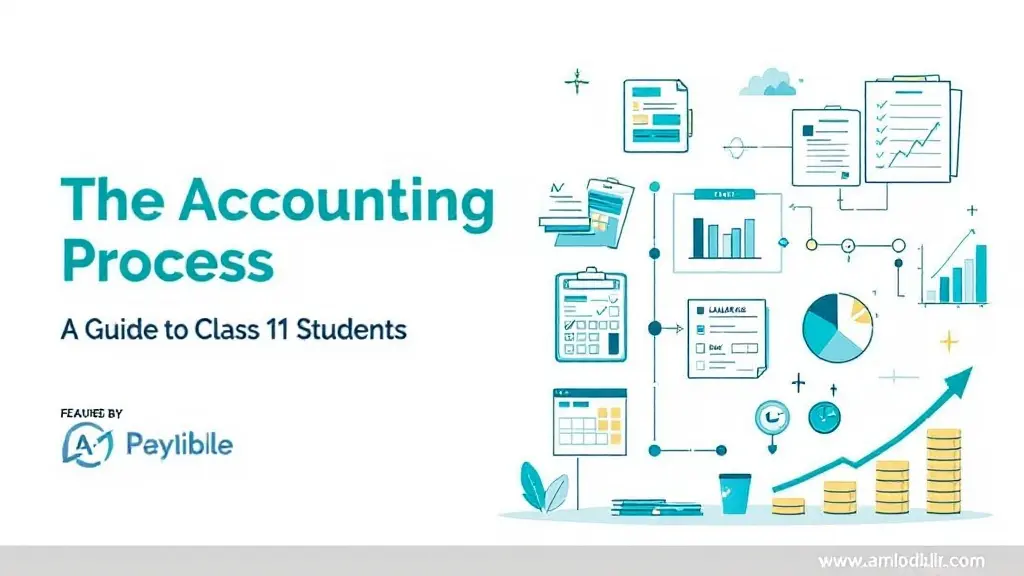Understanding a Balance Sheet: A Comprehensive Guide with an Example
[fusion_dropcap class="fusion-content-tb-dropcap"]W[/fusion_dropcap]hen it comes to financial management, one of the most important tools in any business’s toolkit is the balance sheet. But what exactly is a balance sheet, and why is it so crucial? If you’re a business owner, investor, or anyone interested in understanding how a company’s finances work, then this guide will provide you with all the essential information you need, along with an example for clarity.
In this article, we will break down what a balance sheet is, its components, and how to read and interpret it. We’ll also provide a real-world example to help you understand how the balance sheet reflects a company’s financial health.
What is a Balance Sheet?
A balance sheet is a financial statement that provides a snapshot of a company’s financial position at a specific point in time. It lists all the company’s assets, liabilities, and shareholders’ equity. The balance sheet adheres to the fundamental accounting equation:
Assets = Liabilities + Shareholders’ Equity
This equation reflects the idea that everything a company owns (assets) is either financed by borrowing money (liabilities) or by the owners’ investments (shareholders’ equity).
Key Components of a Balance Sheet
The balance sheet is divided into three main sections:
- Assets: What the company owns.
- Liabilities: What the company owes.
- Equity: The residual interest in the assets of the company after deducting liabilities.
Let’s dive into each section.
1. Assets
Assets are resources that the company owns and expects to benefit from in the future. They are divided into two main categories:
Current Assets
Current assets are assets that can be converted into cash or used up within one year. These include:
- Cash and Cash Equivalents: Physical currency or money in the bank.
- Accounts Receivable: Money owed to the company by customers.
- Inventory: Goods that are ready for sale.
- Prepaid Expenses: Expenses paid in advance that will benefit the company within a year (e.g., prepaid insurance).
Non-Current Assets
Non-current assets, also known as long-term assets, are those that are expected to provide benefits to the company for more than one year. These include:
- Property, Plant, and Equipment (PPE): Tangible assets like buildings, machinery, and land.
- Intangible Assets: Non-physical assets such as patents, trademarks, and goodwill.
- Investments: Long-term investments in other businesses or assets that are not intended to be sold within the year.
2. Liabilities
Liabilities are what the company owes to others. Similar to assets, liabilities are categorized into two types:
Current Liabilities
Current liabilities are obligations that the company must settle within one year. These include:
- Accounts Payable: Money the company owes to suppliers for goods or services received.
- Short-Term Loans: Loans that must be repaid within a year.
- Accrued Expenses: Expenses that have been incurred but not yet paid (e.g., wages, taxes).
Non-Current Liabilities
Non-current liabilities are debts or obligations that extend beyond one year. These include:
- Long-Term Debt: Loans or bonds that are due after more than one year.
- Deferred Tax Liabilities: Taxes owed in the future due to timing differences in financial accounting and tax accounting.
- Pension Liabilities: Obligations related to pension plans.
3. Shareholders’ Equity
Shareholders’ equity represents the owners’ residual interest in the company after liabilities are deducted from assets. It is essentially the net worth of the company and includes:
- Common Stock: The value of shares issued to the company’s shareholders.
- Retained Earnings: Profits that have been reinvested into the business rather than distributed as dividends.
- Additional Paid-in Capital: The amount shareholders have invested over and above the par value of the stock.
How to Read a Balance Sheet
When reading a balance sheet, it’s important to understand the relationships between the three sections. Here’s what you should look for:
1. Liquidity: Is the company able to meet its short-term obligations?
- A good indicator of liquidity is the current ratio, which is calculated by dividing current assets by current liabilities.
2. Financial Stability: Does the company have enough equity to cover its liabilities?
- The debt-to-equity ratio is used to assess this. A high ratio suggests the company may be over-leveraged and more risky.
3. Efficiency: How well is the company utilizing its assets?
- This is typically assessed using various asset management ratios, like asset turnover (sales divided by average total assets).
Real-World Example: A Simple Balance Sheet
Let’s now take a look at a simple balance sheet for a hypothetical company, XYZ Ltd., to better understand how all of this comes together.
XYZ Ltd. Balance Sheet (As of December 31, 2024)
| Assets | Amount (₹) | Liabilities & Equity | Amount (₹) |
|---|---|---|---|
| Current Assets | Current Liabilities | ||
| Cash and Cash Equivalents | 100,000 | Accounts Payable | 50,000 |
| Accounts Receivable | 75,000 | Short-Term Loan | 30,000 |
| Inventory | 120,000 | Accrued Expenses | 10,000 |
| Total Current Assets | 295,000 | Total Current Liabilities | 90,000 |
| Non-Current Assets | Non-Current Liabilities | ||
| Property, Plant, and Equipment | 500,000 | Long-Term Debt | 200,000 |
| Intangible Assets | 50,000 | ||
| Total Non-Current Assets | 550,000 | Total Non-Current Liabilities | 200,000 |
| Total Assets | 845,000 | Total Liabilities | 290,000 |
| Equity | Shareholders’ Equity | ||
| Common Stock | 300,000 | Common Stock | 300,000 |
| Retained Earnings | 255,000 | Retained Earnings | 255,000 |
| Total Equity | 555,000 | Total Liabilities & Equity | 845,000 |
What Does This Example Tell Us?
From this balance sheet example, we can derive a few key insights:
- Liquidity: The company has ₹295,000 in current assets and ₹90,000 in current liabilities. This means that it has enough short-term assets to cover its short-term obligations.
- Leverage: With ₹290,000 in total liabilities and ₹555,000 in equity, the company’s debt-to-equity ratio is approximately 0.52 (290,000 ÷ 555,000). This indicates the company has a healthy balance between debt and equity.
- Financial Stability: Since the company’s total liabilities are well below its total assets (₹845,000 in assets vs. ₹290,000 in liabilities), the company is financially stable.
Key Takeaways
- A balance sheet is a crucial financial document that provides a snapshot of a company’s financial position at a specific point in time.
- It consists of assets, liabilities, and shareholders’ equity.
- By analyzing a balance sheet, businesses and investors can gauge a company’s liquidity, stability, and efficiency.
- A real-world example of a balance sheet shows how the components come together to provide insights into the financial health of a business.
Understanding the balance sheet is essential for anyone involved in business or finance. By regularly reviewing and analyzing this document, you can make more informed decisions about managing or investing in a company.
Conclusion
Whether you’re a business owner, investor, or student, understanding a balance sheet is key to grasping the financial health of an organization. With the knowledge gained from this article, you’re now equipped to read, analyze, and interpret a balance sheet with confidence.
By familiarizing yourself with this vital document, you’ll gain valuable insights into the company’s financial position, ultimately helping you make better decisions in your personal or professional financial dealings.
